Vélez Sarsfield: A Powerful Force in Argentinian Football
Por um escritor misterioso
publicado em outubro/22/2024
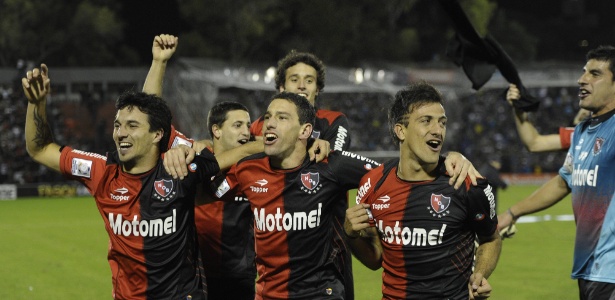
Vélez Sarsfield is a renowned football club in Argentina with a rich history and a strong presence in the South American football scene. This article explores the club's origins, its successes, and the impact it has had on Argentinian football.

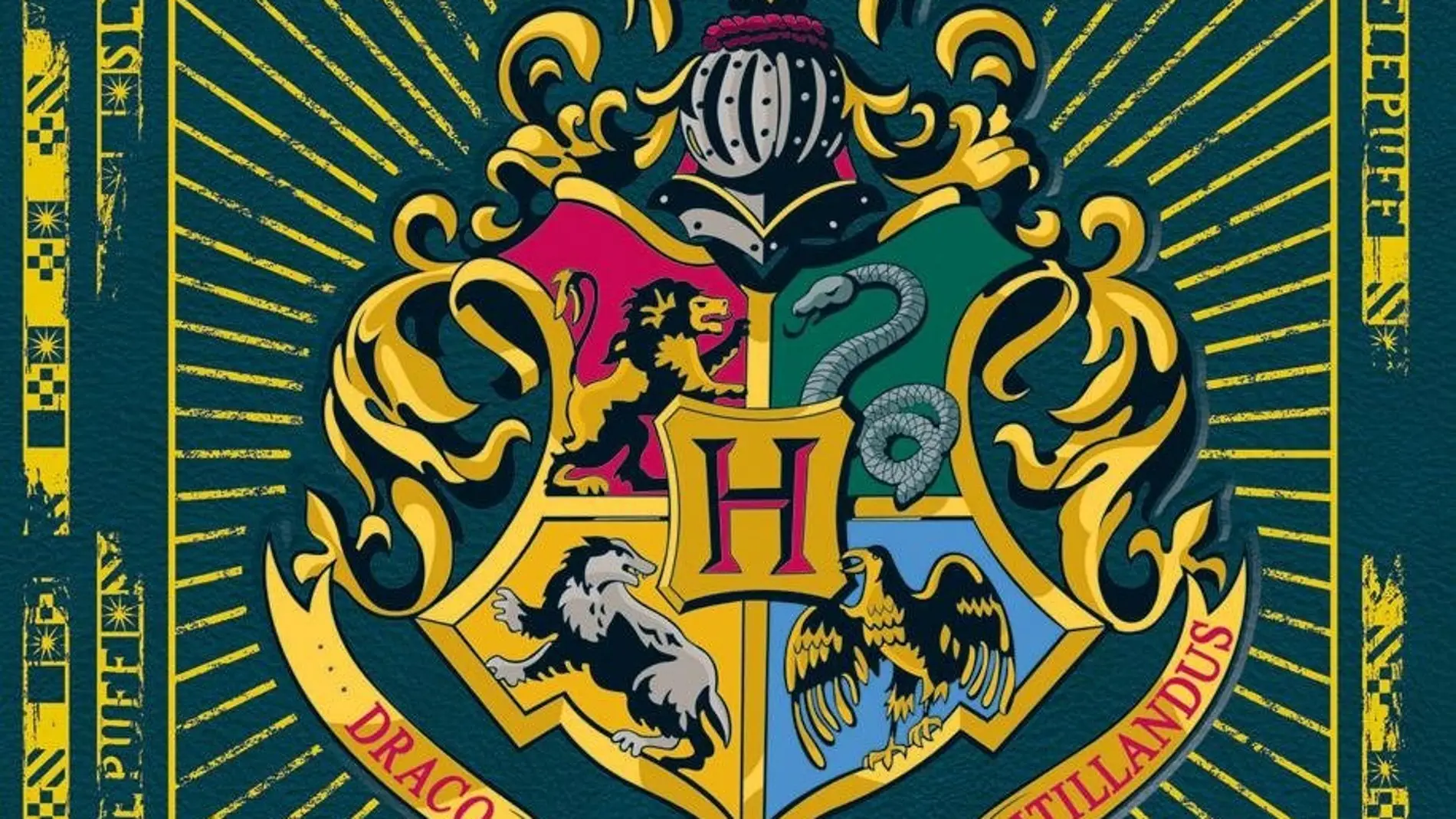
The early years of Vélez Sarsfield were marked with modest success, as the club competed in the lower divisions of Argentine football. However, in the late 1960s and early 1970s, a period known as 'La Historia Grande' (The Big History), the team experienced a surge in popularity and success.
Under the leadership of legendary coach Osvaldo Zubeldía, Vélez Sarsfield achieved promotion to the top division in 1968. This marked the beginning of a golden era for the club, as they won their first league title just three years later in 1971. Zubeldía's tactical innovations, such as the implementation of a zonal marking system, revolutionized the Argentinian game and served as the foundation for Vélez Sarsfield's success.
In the following years, Vélez Sarsfield consistently challenged the traditional powerhouses of Argentinian football, such as River Plate and Boca Juniors. The 1990s became the most successful period in the club's history under the management of Carlos Bianchi. During this decade, the team secured a remarkable seven domestic and international titles, including four Primera Division championships and the prestigious Copa Libertadores in 1994.
Vélez Sarsfield's success can be attributed to its commitment to developing homegrown talent and fostering a strong team spirit. The club has a renowned youth academy, which has produced several notable players who have gone on to achieve success both domestically and internationally. Some of the most distinguished graduates include Juan Román Riquelme, Marcelo Bielsa, and Gabriel Heinze.
From a tactical standpoint, Vélez Sarsfield is known for its attractive and attacking style of play. The team's philosophy emphasizes possession, quick passing, and fluid movement, which has earned them a reputation for entertaining and thrilling football. The club's fans, known as 'Los Fortineros', are passionate and vocal supporters who create an electric atmosphere at the iconic Estadio José Amalfitani.
In recent years, Vélez Sarsfield has continued to compete at a high level, regularly challenging for domestic honors. The club has also had success in continental competitions, reaching the Copa Libertadores semi-finals in 2011 and the Copa Sudamericana semi-finals in 2013.
Off the pitch, Vélez Sarsfield is known for its financial stability and responsible management. The club has successfully balanced its sporting ambitions with prudent financial practices, allowing it to maintain a strong competitive edge.
Vélez Sarsfield's impact on Argentinian football extends beyond its on-field achievements. The club's commitment to youth development and its success in producing top-quality players have influenced other teams in Argentina to prioritize their youth academies. Additionally, the club's attractive style of play has served as an inspiration for other teams to adopt a more attacking approach.
In conclusion, Vélez Sarsfield is a football club steeped in history and tradition, with a strong legacy in Argentinian football. From its humble beginnings to its golden era, the club has consistently showcased its determination to succeed and its commitment to playing attractive football. With a passionate fan base and a philosophy based on homegrown talent, Vélez Sarsfield continues to be a powerful force in Argentinian football.
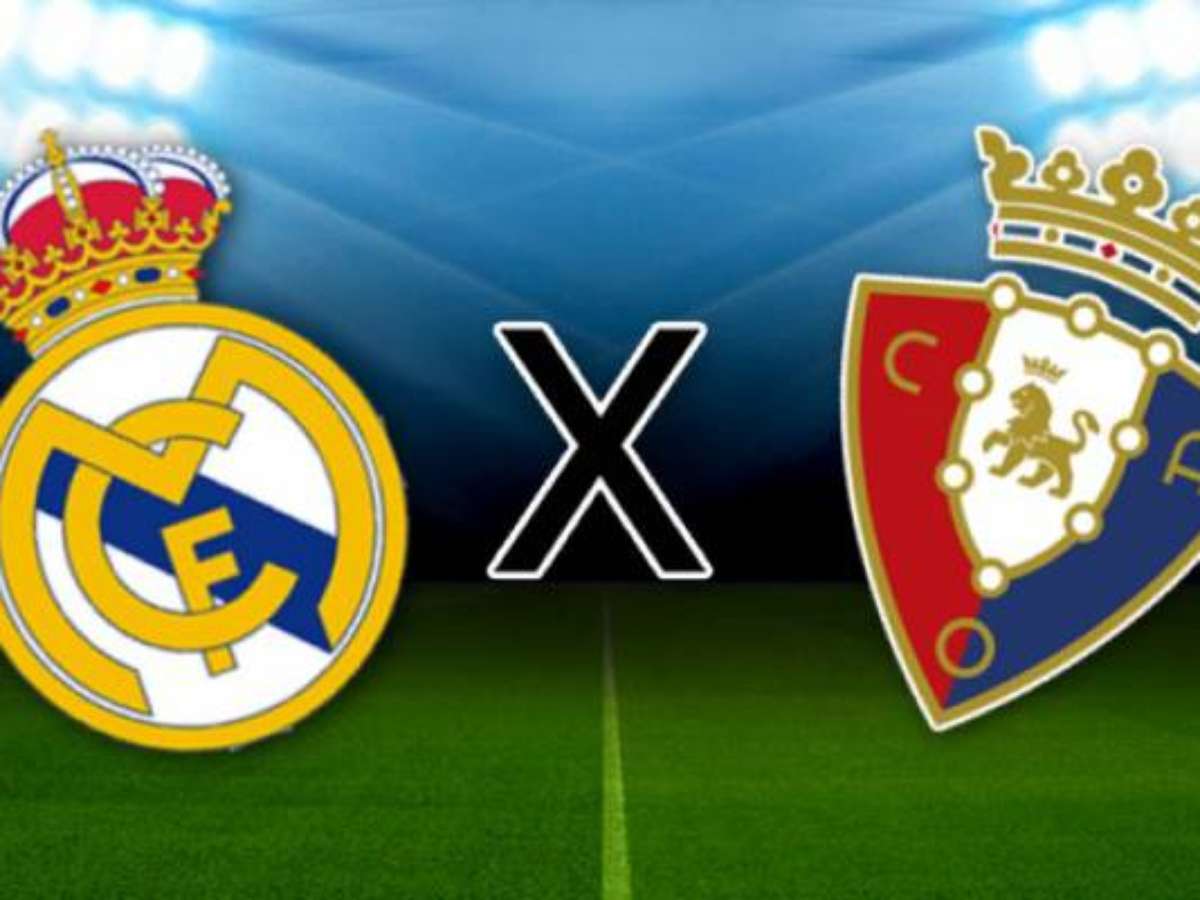
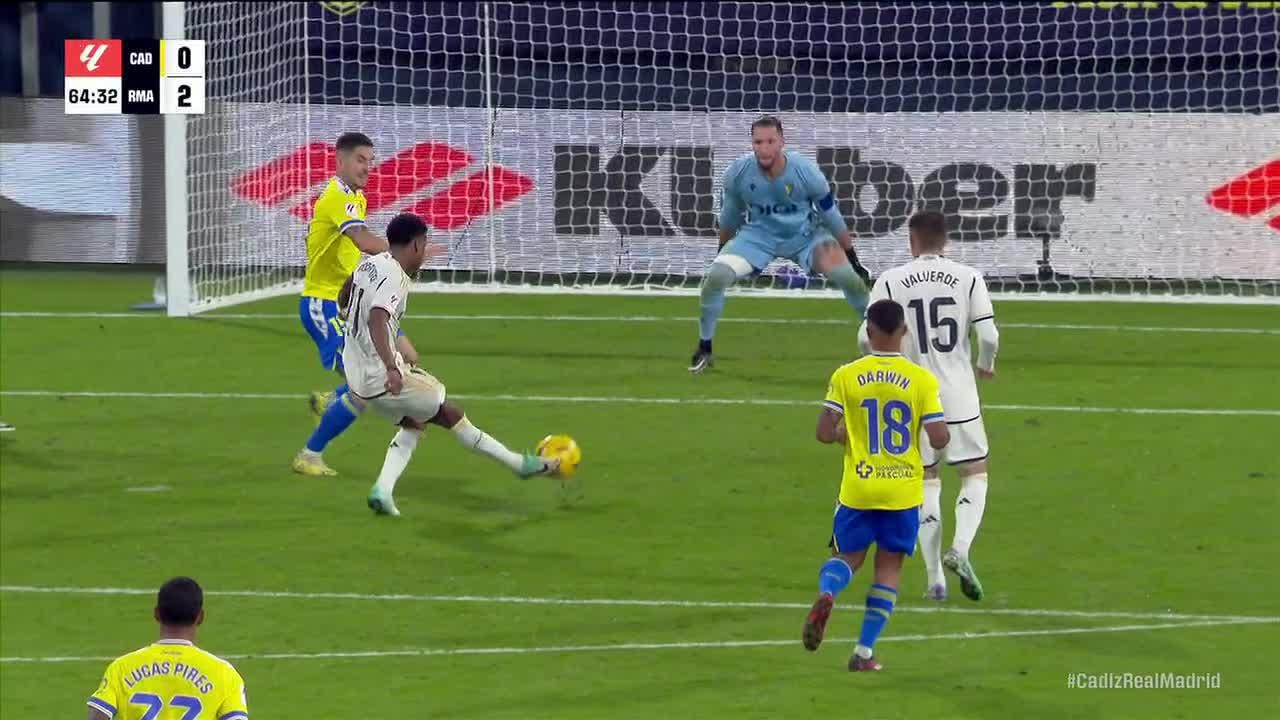
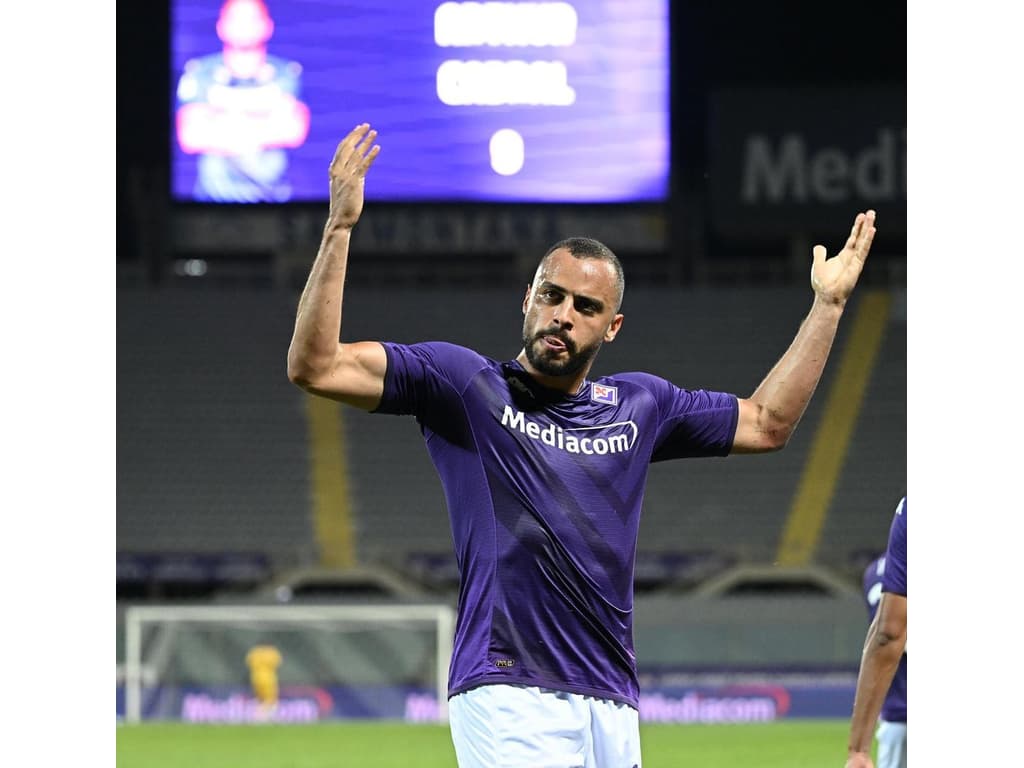
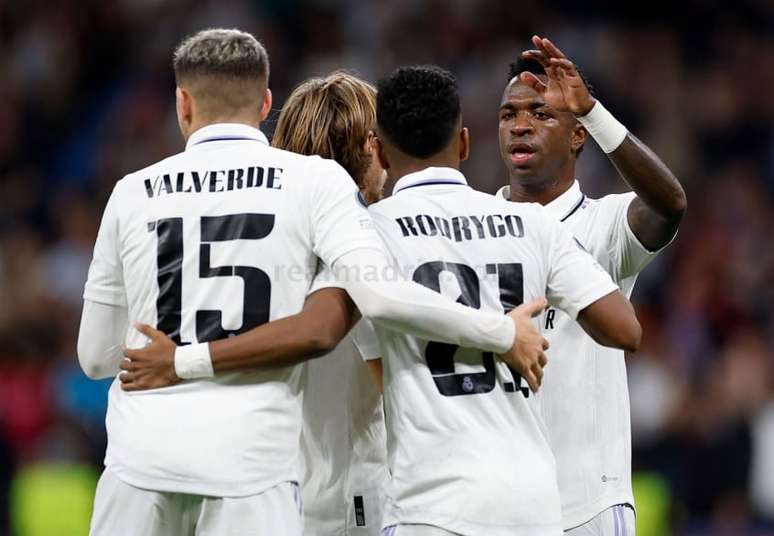


Palpite Real Madrid x Celta de Vigo: 22/04/2023 - Campeonato Espanhol

Super Mario, Pikachu, la llama de Fortnite ¿de qué casa de
Vélez Sarsfield, also known as Club Atlético Vélez Sarsfield, is a professional football club based in Buenos Aires, Argentina. Founded in 1910, the club has established itself as one of the most successful and respected teams in Argentinian football history.The early years of Vélez Sarsfield were marked with modest success, as the club competed in the lower divisions of Argentine football. However, in the late 1960s and early 1970s, a period known as 'La Historia Grande' (The Big History), the team experienced a surge in popularity and success.
Under the leadership of legendary coach Osvaldo Zubeldía, Vélez Sarsfield achieved promotion to the top division in 1968. This marked the beginning of a golden era for the club, as they won their first league title just three years later in 1971. Zubeldía's tactical innovations, such as the implementation of a zonal marking system, revolutionized the Argentinian game and served as the foundation for Vélez Sarsfield's success.
In the following years, Vélez Sarsfield consistently challenged the traditional powerhouses of Argentinian football, such as River Plate and Boca Juniors. The 1990s became the most successful period in the club's history under the management of Carlos Bianchi. During this decade, the team secured a remarkable seven domestic and international titles, including four Primera Division championships and the prestigious Copa Libertadores in 1994.
Vélez Sarsfield's success can be attributed to its commitment to developing homegrown talent and fostering a strong team spirit. The club has a renowned youth academy, which has produced several notable players who have gone on to achieve success both domestically and internationally. Some of the most distinguished graduates include Juan Román Riquelme, Marcelo Bielsa, and Gabriel Heinze.
From a tactical standpoint, Vélez Sarsfield is known for its attractive and attacking style of play. The team's philosophy emphasizes possession, quick passing, and fluid movement, which has earned them a reputation for entertaining and thrilling football. The club's fans, known as 'Los Fortineros', are passionate and vocal supporters who create an electric atmosphere at the iconic Estadio José Amalfitani.
In recent years, Vélez Sarsfield has continued to compete at a high level, regularly challenging for domestic honors. The club has also had success in continental competitions, reaching the Copa Libertadores semi-finals in 2011 and the Copa Sudamericana semi-finals in 2013.
Off the pitch, Vélez Sarsfield is known for its financial stability and responsible management. The club has successfully balanced its sporting ambitions with prudent financial practices, allowing it to maintain a strong competitive edge.
Vélez Sarsfield's impact on Argentinian football extends beyond its on-field achievements. The club's commitment to youth development and its success in producing top-quality players have influenced other teams in Argentina to prioritize their youth academies. Additionally, the club's attractive style of play has served as an inspiration for other teams to adopt a more attacking approach.
In conclusion, Vélez Sarsfield is a football club steeped in history and tradition, with a strong legacy in Argentinian football. From its humble beginnings to its golden era, the club has consistently showcased its determination to succeed and its commitment to playing attractive football. With a passionate fan base and a philosophy based on homegrown talent, Vélez Sarsfield continues to be a powerful force in Argentinian football.

Real Madrid x Chelsea ao vivo: onde assistir ao jogo da Champions League, jogo da champions hoje onde assistir

Real Madrid 3-0 Cádiz (Nov 26, 2023) Final Score - ESPN

Inter marca nos acréscimos e vence jogo de sete gols contra Fiorentina - VAVEL Brasil, lances do jogo do inter

Real Madrid x Cadiz: onde assistir, horário e escalações do jogo
